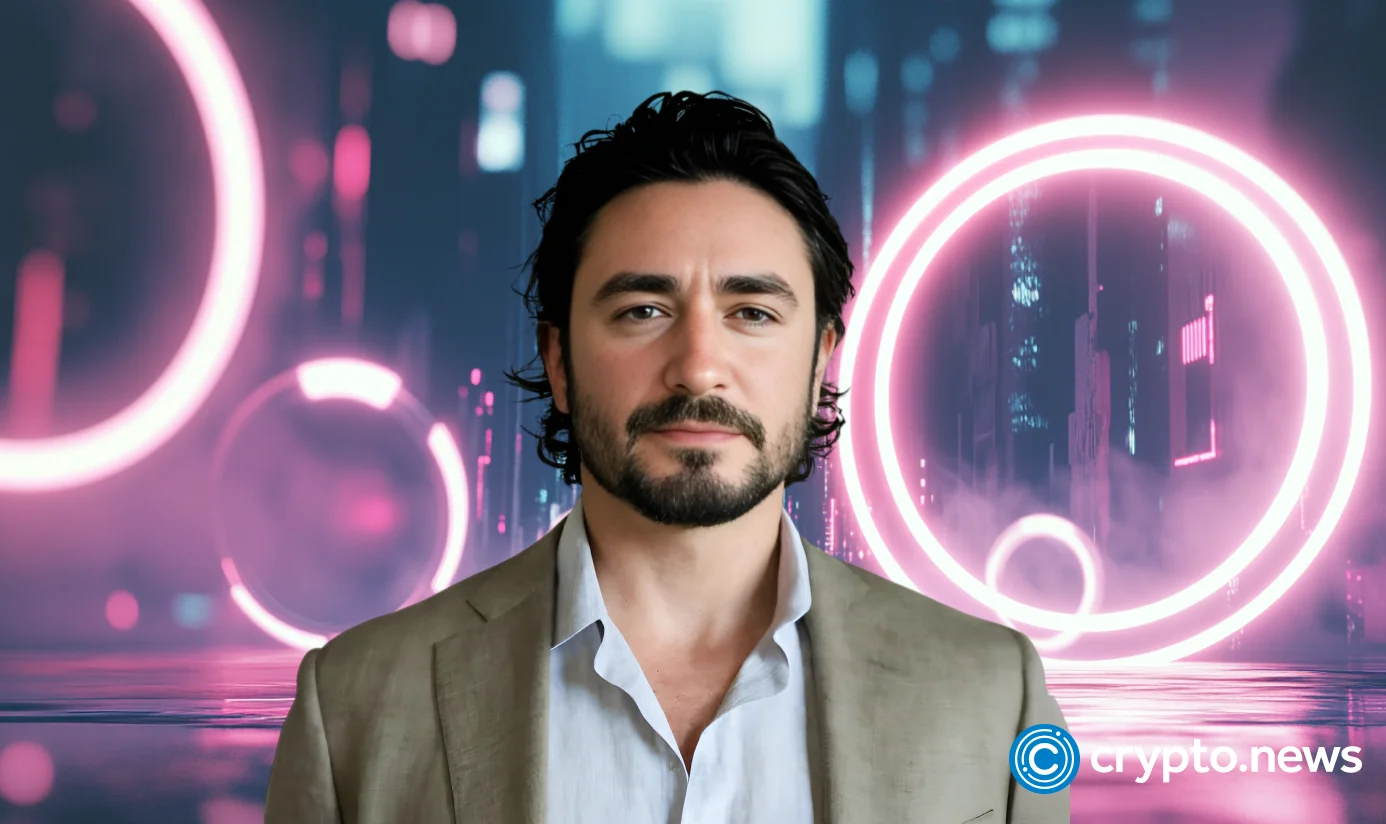Crypto Executives Advocate for U.S. Strategic Bitcoin Reserve Legislation
Crypto execs, led by Michael Saylor, push for the U.S. to acquire 1 million BTC, establishing a Strategic Bitcoin Reserve.
Crypto executives, led by Strategy co-founder Michael Saylor, have gathered in Washington to advocate for a new piece of legislation. This bill, known as the BITCOIN Act, proposes the establishment of a U.S. Strategic Bitcoin Reserve.
The bill suggests that the U.S. purchase up to 1 million BTC over the next five years, a move that could reshape the country’s financial landscape. The proposal has garnered support from a group of key industry leaders.
Bitcoin Reserve Proposal Gaining Momentum
On September 16, 2025, 18 crypto executives, including Saylor, BitMine’s Tom Lee, and Marathon Digital CEO Fred Thiel, attended a roundtable meeting in Washington, D.C. The event was organized by Digital Chambers, which is actively promoting the BITCOIN Act.
This legislation, introduced by Senator Cynthia Lummis and Representative Nick Begich, aims to solidify the U.S. position in the cryptocurrency space.
The BITCOIN Act proposes that the U.S. government acquire up to 1 million BTC over the next five years. The proposal highlights that the U.S. could leverage “budget-neutral strategies” to fund the purchases, including revaluing gold certificates.
The initiative seeks to enhance America’s financial standing while securing digital assets that could offer long-term economic stability.
Support for the Strategic Bitcoin Reserve Bill
At the roundtable, Saylor emphasized the significance of Bitcoin in reshaping global financial systems. “Bitcoin represents economic freedom,” he stated, highlighting the need for the U.S. to adopt Bitcoin as a strategic reserve asset.
His company, Strategy, is currently the largest public Bitcoin holder, with over 638,000 BTC in its possession. Saylor’s involvement is seen as crucial in pushing the legislation forward.
The BITCOIN Act builds upon an executive order from former President Donald Trump, which directed the U.S. government to establish a Bitcoin reserve. The proposed legislation would codify this executive order and set a clear path for Bitcoin acquisition.
Treasury Secretary Scott Bessent has already confirmed that the U.S. holds between $15 billion and $20 billion worth of Bitcoin, primarily from seized assets. This reserve would grow further with the proposed purchases.
Digital Chambers Launches Treasury Council
Digital Chambers, a key organization behind the push for the Strategic Bitcoin Reserve bill, has also launched the Treasury Council to support the initiative.
The Council’s members include prominent figures from the crypto space, such as Fred Thiel and Tom Lee. This group aims to build bipartisan support for the legislation and advocate for its swift passage through Congress.
In a joint letter to Congress, the Treasury Council expressed that the BITCOIN Act would help strengthen the U.S. economy by stabilizing the monetary system. It also argues that Bitcoin could serve as a hedge against systemic risks, reinforcing America’s global leadership in finance.
The letter urged lawmakers to expedite the bill’s progress, ensuring it reaches the floor for a vote soon.
Next Steps for the BITCOIN Act
The BITCOIN Act is currently under review by the House Financial Services and Senate Banking Committees. While the bill has gained substantial support from the Republican side, advocates are working to build bipartisan backing for the legislation.
Hailey Miller, director of government relations at Digital Power Network, stated that pushing for the bill to remain a priority in Washington is essential. As lawmakers continue to address crypto-related issues, advocates are hopeful that the bill will progress to a vote soon.
The proposed establishment of a U.S. Bitcoin reserve represents a significant shift in how the country views cryptocurrency. As the debate continues in Washington, the support from key industry leaders, such as Michael Saylor and others, could play a pivotal role in determining the bill’s future.
You May Also Like

Interview | Big tech is training AI on junk data: Intuition

Dormant Bitcoin Giant Stirs, Moves 1,000 BTC After Decade in Hiding

